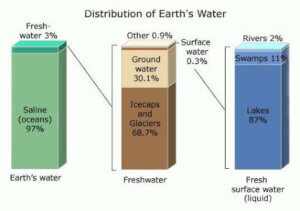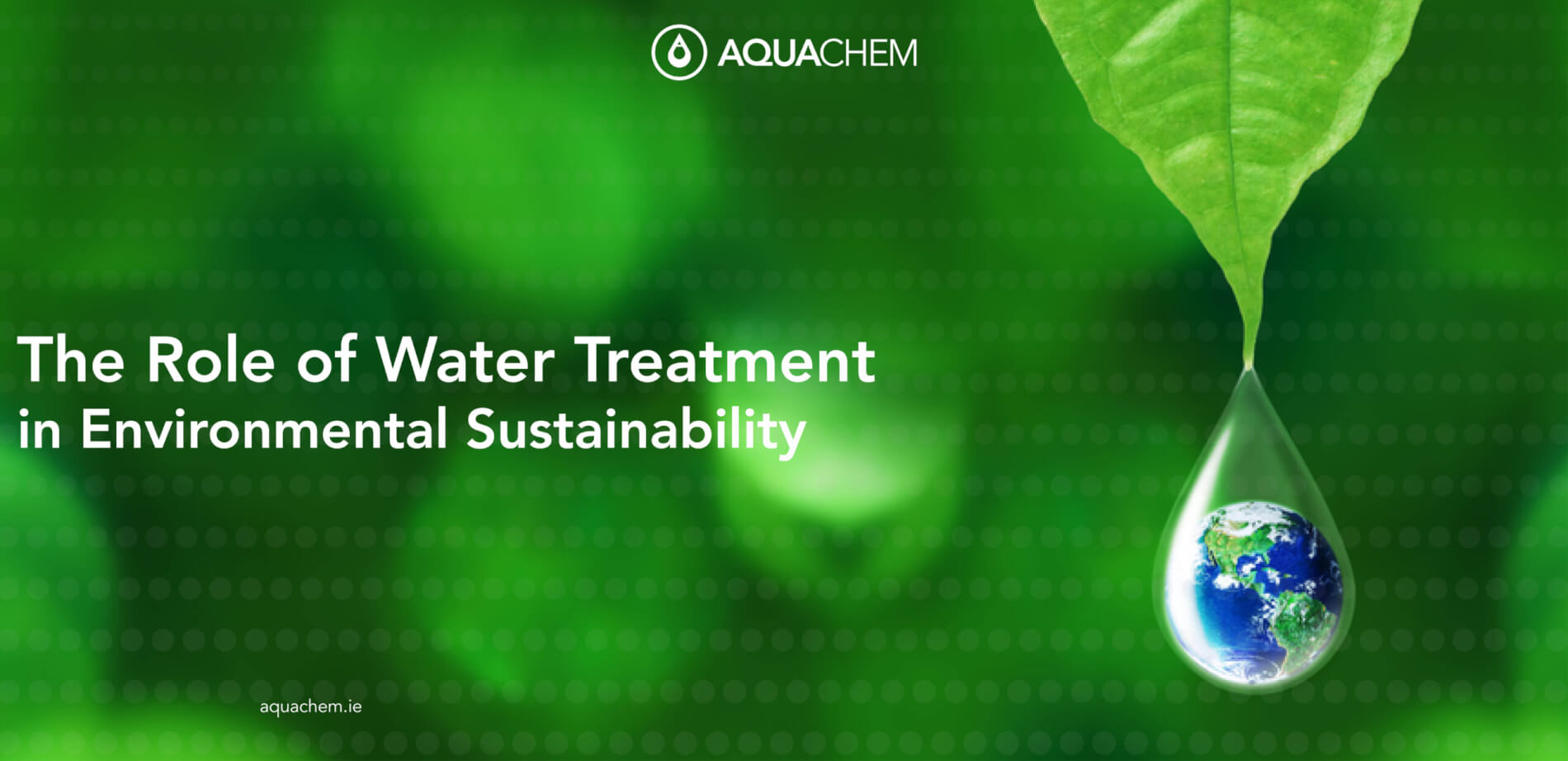The Role of Water Treatment in Environmental Sustainability
Being a limited resource, the importance of water conservation can’t be stressed enough.
Water scarcity is one of the largest threats facing humanity today due to constant water shortages being experienced all over the world. Only a small percentage of the world’s water (about 3%) is fit for human consumption with two percent of this amount present in glaciers and ice caps.

Sustainable water management means using water in a way that meets current, ecological, social, and economic needs without compromising the ability to meet those needs in the future. It means a place where water can be self-sufficient: ensuring there is enough water to meet multiple needs, from agriculture to municipal and industrial.
Water resources are essential for every development activity, not only in terms of available quantity but also in terms of quality. Water quality impacts energy efficiency, biosecurity, equipment life, downtime and water conservation.
What is water treatment?
Water treatment is the process of eliminating harmful contaminants from water so that it can be safe for human and animal consumption. In order to make sure that pure water is obtained and sanitation quality is observed, the process is divided into several phases;
Preliminary phase: large filters are used to remove big inorganic solid materials like metal, paper and plastic.
- Elimination of silt and grit that is abrasive to machinery.
- Primary sedimentation to remove solid organic material.
- Sludge phase where microorganisms are used to dissolve organic solids and the resulting biomass is decanted.
Tertiary treatment phase: where chemical is used to remove harmful pathogens. The resulting product is fresh water that is fit for human consumption.
Water treatment helps us achieve environmental sustainability in the following ways:
Reduction of Waste
Water treatment reduces the volume of waste that is released into the ecosystem. When water is treated, the quantity of waste that is released into the environment is cut down significantly resulting into overall improvement in the environment.
By cutting down environmental pollution, water treatment helps to reduce health hazards that come from a polluted environment.
Water treatment has a financial benefit in that it trims down the amount of money that is used by a country to rehabilitate a polluted environment.
Production of energy
There is use of microorganisms (bacteria) in the sludge phase to breakdown organic matter and produce a large quantity of biomass.
In this process the organic matter is mixed with the bacteria, enclosed in bio-digesters, and subjected to medium range temperatures of about 35 degrees C, Biogas is produced during this process. Methane constitutes a high percentage of biogas and can be used for generating energy to power the water treatment complex. If the energy produced is of significant quantities it can be injected into a country’s national electricity grid.
The advantage of this green energy cannot be overstated since it decreases the reliance on non-renewable sources of energy like coal, wood and charcoal. Case studies in various countries have established that an efficient water treatment plant can produce forty percent of the total energy that is required to run the plant.
Source of clean water
As mentioned before, the water resources in the world are dwindling at an alarming rate. The available water resources will not be able to sustain the projected population increase in the coming years.
Water treatment will ensure there will be a balance between water supply and demand. Through filtration of harmful contaminants from wastewater and giving out hygienic and safe water, there will be adequate supply for everyone. The lurking fear of harmful water supply, drought and water shortage will be a thing of the past if water is recycled.

Disease prevention
Wastewater contains potentially harmful bacteria that can make consumers of water contract parasitic infections. Parasitic infestation occurs in people of all ages: toddlers and adults. The infection may range from mild to severe and even critical.
Water treatment therefore plays an essential function in removing pollutants from water that could be awfully harmful if consumed. There are no harmful bacteria that end up in the environment that would otherwise have damaging effects on animals, plants and people. Wastewater also contains harmful chemicals which if released to the environment would destroy flora and fauna life forms.
Conclusion
The process of water treatment has many benefits and that makes it viable in the long and short-term answer to the water crisis in the world today, which keeps on multiplying simultaneously with increase in world population.
Mathematical models project the world population to increase up to nine billion people in the next few years. This is bound to increase the volume of water that will be produced, making water treatment a critical aspect of environmental conservation and sustainability. Expanding water and wastewater treatment sector will produce large quantities of fresh water and help bring down the level of water scarcity.







